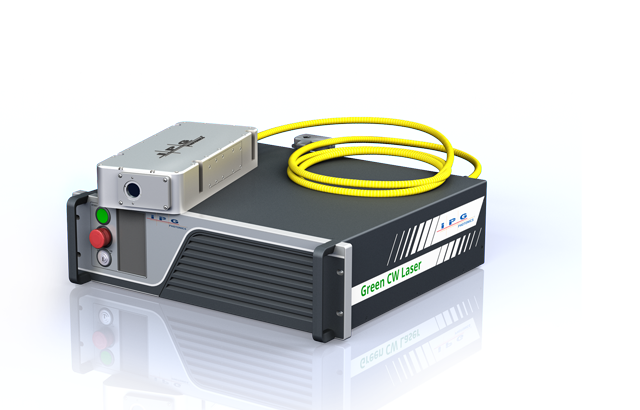1. Principles of Fiber Lasers--Introduction
Fiber laser is a device that uses rare-earth-doped glass fiber as the gain medium to generate laser output. Fiber lasers can be developed on the basis of fiber amplifiers. Because the fiber cores in fiber lasers are very thin, under the action of pump light, the internal power density of the fiber is high, causing the phenomenon of "population inversion" in the laser energy level. On this basis, a resonant cavity is formed through a positive feedback loop to form a laser oscillation at the output. The most famous fiber laser brands are IPG,Raycus etc.
Fiber lasers can have active regions several kilometers long, and so can provide very high optical gain. They can support kilowatt levels of continuous output power because of the fiber's high surface area to volume ratio, which allows efficient cooling.

2. Fiber laser principle--structure
The structure of fiber laser is similar to traditional solid-state laser and gas laser. It is mainly composed of three parts: pump source, gain medium, and resonant cavity, as shown in the figure below. Among them, the pump source is generally a high-power semiconductor laser, the gain medium is a glass fiber doped with rare earth elements, and the resonant cavity is composed of a coupler or a fiber grating.
3.The principle of fiber laser
In the above figure, the pump light emitted by the pump source is coupled into the gain medium through a mirror. Since the gain medium is a rare-earth-doped fiber, the pump light is absorbed, and the rare-earth ion that absorbs the photon energy generates energy levels Transition and achieve population inversion, the inverted particles pass through the resonant cavity, transition from the excited state to the ground state, release energy, and form a stable laser output.
Fiber lasers have many characteristics such as long life, small size, low price, and flexible production. At present, they have been widely used in many fields such as laser fiber communication, medical equipment, automobile manufacturing, military defense and security.
4. The principle of fiber laser--features
Feature 1: Due to the small diameter of the fiber core, high power density is easily formed in the core. Therefore, the fiber laser has higher conversion efficiency, lower threshold, higher gain, narrower line width, and convenient Efficiently realize the connection with the current optical fiber communication system.
Feature 2: Because the fiber has good flexibility, the fiber laser has the characteristics of small and flexible, compact structure, high cost performance, and easier system integration.
Feature 3: Compared with traditional solid-state lasers and gas lasers, fiber lasers have higher energy conversion efficiency, more compact structure, high reliability, and are suitable for mass production.
Feature 4: Compared with semiconductor lasers, fiber lasers have better monochromaticity, can produce less chirp and distortion during modulation, and have less coupling loss with the fiber.
